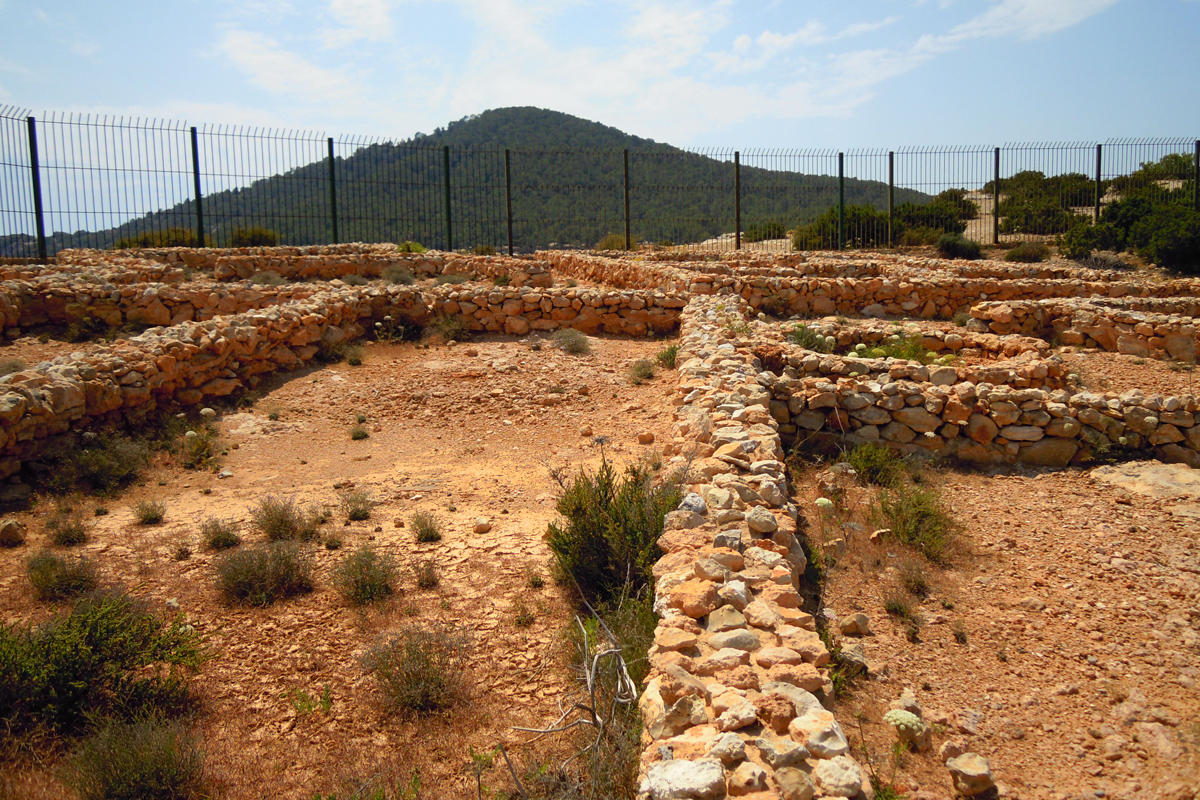Research Highlight: Phoenician Heritage in Ibiza
Dr. Pierre Zalloua finds surprising genetic pattern on the Spanish island.
LAU’s own world-famous geneticist Dr. Pierre Zalloua has released a new study on the Phoenicians’ genetic legacy on the Spanish island of Ibiza. Dr. Zalloua teamed up with frequent collaborator Dr. Lisa Matisoo-Smith of the University of Otago in New Zealand to compare the DNA of ancient Phoenician remains on the island with those of the indigenous people currently living there.
The team – which included researchers from Barcelona’s Institute of Evolutionary Biology and the Archaeological Museum of Ibiza, along with archaeologists from Lebanon and Italy – discovered “clear genetic discontinuity between the early Phoenician settlers and the modern inhabitants of the island,” according to a press release by the University of Otago.
The researchers analyzed mitochondrial DNA (mtDNA), which is passed down from mother to child and which the scientists used to trace the original genetic signature of the founding female population of the island. They also did a complete genetic profile – that is, mapping genes from both sides of a sample’s lineage – of one ancient Phoenician buried on the island.
“The unusual genetic signature that has previously been identified in modern Ibizans does not appear to be the result of their Phoenician ancestry, at least from a maternal perspective,” said Dr. Matisoo-Smith in the press release.
This is something of an anomaly in genetic population studies, according to Dr. Zalloua. “It is fascinating to see that the ancient maternal lineages were replaced over time,” he said, noting that such major genetic takeovers have been fairly unusual in the past few thousand years. “Today the mitochondrial DNA lineages in indigenous Ibizans appear to be most closely related to those of modern French, which may indicate a Catalonian connection.”
The reason for this replacement lies in the population instability the island has faced during its history, the researchers believe.
Phoenicians first arrived on the strategic Mediterranean island around 645 BCE and remained its primary inhabitants for close to 700 years.
Another wave of Phoenicians arrived from North Africa around 400 BCE and merged with the first group. After a long period of prosperity and development, Ibiza was integrated into the Roman Empire and was then taken by Islamic conquest around 900 CE. Three centuries after that, migrants from the Iberian Peninsula and southern Europe began populating the island. This later wave of migration may have compounded other factors – such as disease, war or famine – and led to the replacement of the first settlers’ genetic legacy.
However, even though mitochondrial DNA shows a vanishing of Phoenician genes in modern Ibizans, samples taken from the ancient male remains show Eastern Mediterranean markers on the Y chromosome, which is passed only from father to son. This indicates, according to Dr. Zalloua, that the Phoenician presence across the Mediterranean was male dominated and that there has not necessarily been a total replacement of the founding population. More testing of Y chromosomes among ancient and modern Ibizans is needed, he said.
Results from this and previous studies have shown that “diversity and integration were a hallmark of Phoenician societies,” said Dr. Zalloua, who has extensively studied Phoenician remains in Lebanon and across the Mediterranean.
Dr. Zalloua plans to continue collecting genetic samples from around the Mediterranean and expanding his range of study eastward, toward ancient Mesopotamia.
The article, “Ancient DNA Of Phoenician Remains Indicates Discontinuity in the Settlement History of Ibiza,” was published in Scientific Reports on December 4, 2018.
